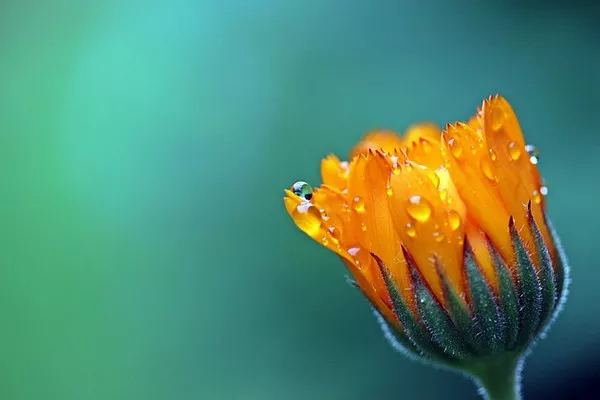Flowers are a beautiful addition to any garden or floral arrangement, but pesky insects can quickly turn a vibrant display into a feast for bugs. While synthetic chemical pesticides are commonly used to combat these pests, many people prefer natural alternatives that are safer for the environment and beneficial insects. In this article, we will explore a range of organic methods and substances you can use to keep bugs off flowers. These remedies not only repel insects effectively but also nurture the health and vitality of your plants.
1. Understanding Common Flower Pests
Before exploring remedies, it’s essential to understand the common pests that can affect flowers. Some frequent culprits include aphids, whiteflies, spider mites, caterpillars, and snails. Each pest has its own preferred hosts and feeding habits, which can damage flowers in various ways. By identifying these pests, you can better target your bug-repellent strategies.
2. Companion Planting
Companion planting involves strategically placing certain plants alongside flowers to deter pests naturally. For instance, marigolds emit a scent that repels aphids, nematodes, and beetles. Similarly, garlic planted near roses can help keep aphids at bay. Other beneficial companion plants include lavender, chives, and nasturtiums. Not only do these plants ward off insects, but they can also attract predatory insects that feed on pests, creating a balanced ecosystem in your garden.
3. Essential Oils and Herbal Sprays
Essential oils derived from certain plants possess potent insect-repelling properties. Diluting these oils in water and using them as sprays can help keep bugs away from your flowers. Some effective options include neem oil, peppermint oil, eucalyptus oil, and garlic oil. These oils work by interfering with pests’ sensory receptors or by acting as natural insecticides. It’s important to note that essential oils should be used sparingly and in accordance with the instructions provided.
4. Homemade Bug Repellent Recipes
If you prefer a hands-on approach, you can make your own bug repellents using readily available ingredients. Here are some simple recipes:
a) Soap-based Spray:
Mix a few drops of liquid dish soap with water and spray the solution on affected plants. Soap helps suffocate soft-bodied insects like aphids and spider mites.
b) Chili Pepper Spray:
Blend chili peppers with water, strain the mixture, and transfer it to a spray bottle. The capsaicin in chili peppers acts as a powerful deterrent for insects.
c) Vinegar Solution:
Combine equal parts of vinegar and water to create a spray. Vinegar disrupts pests’ feeding and reproductive cycles while being safe for most plants.
d) Herbal Infusion:
Boil a mix of herbs like basil, mint, and thyme in water, let it cool, strain the liquid, and apply it to your flowers. This infused spray repels insects due to its strong herbal scent.
5. Physical Barriers and Traps
Physical barriers and traps can provide effective protection against certain pests. Installing netting or mesh around flowerbeds prevents flying insects from reaching the plants. Additionally, sticky traps or yellow boards coated with petroleum jelly can catch flying pests like whiteflies or gnats. Placing crushed eggshells or diatomaceous earth around plants forms a barrier that deters slugs and snails.
6. Cultural Practices
Implementing good cultural practices can help prevent bug infestations. Regularly inspect your plants for signs of damage or pests and promptly remove any affected foliage to contain the problem. Watering plants at the base rather than overhead reduces moisture, making the environment less favorable for pests. Additionally, maintaining proper spacing between plants promotes better air circulation, reducing the risk of fungal diseases that can attract insects.
Conclusion
When it comes to keeping bugs off flowers, exploring natural remedies is a sustainable and eco-friendly approach. By understanding common flower pests, employing companion planting techniques, using essential oils and herbal sprays, creating homemade bug repellents, utilizing physical barriers, and implementing good cultural practices, you can effectively protect your flowers from unwanted insect visitors without resorting to harmful chemicals. Remember, it’s important to monitor your plants regularly and adjust your bug-repellent strategies as needed. By adopting these natural methods, you can maintain healthy, blooming flowers while ensuring a safe environment for beneficial insects and the ecosystem as a whole.


